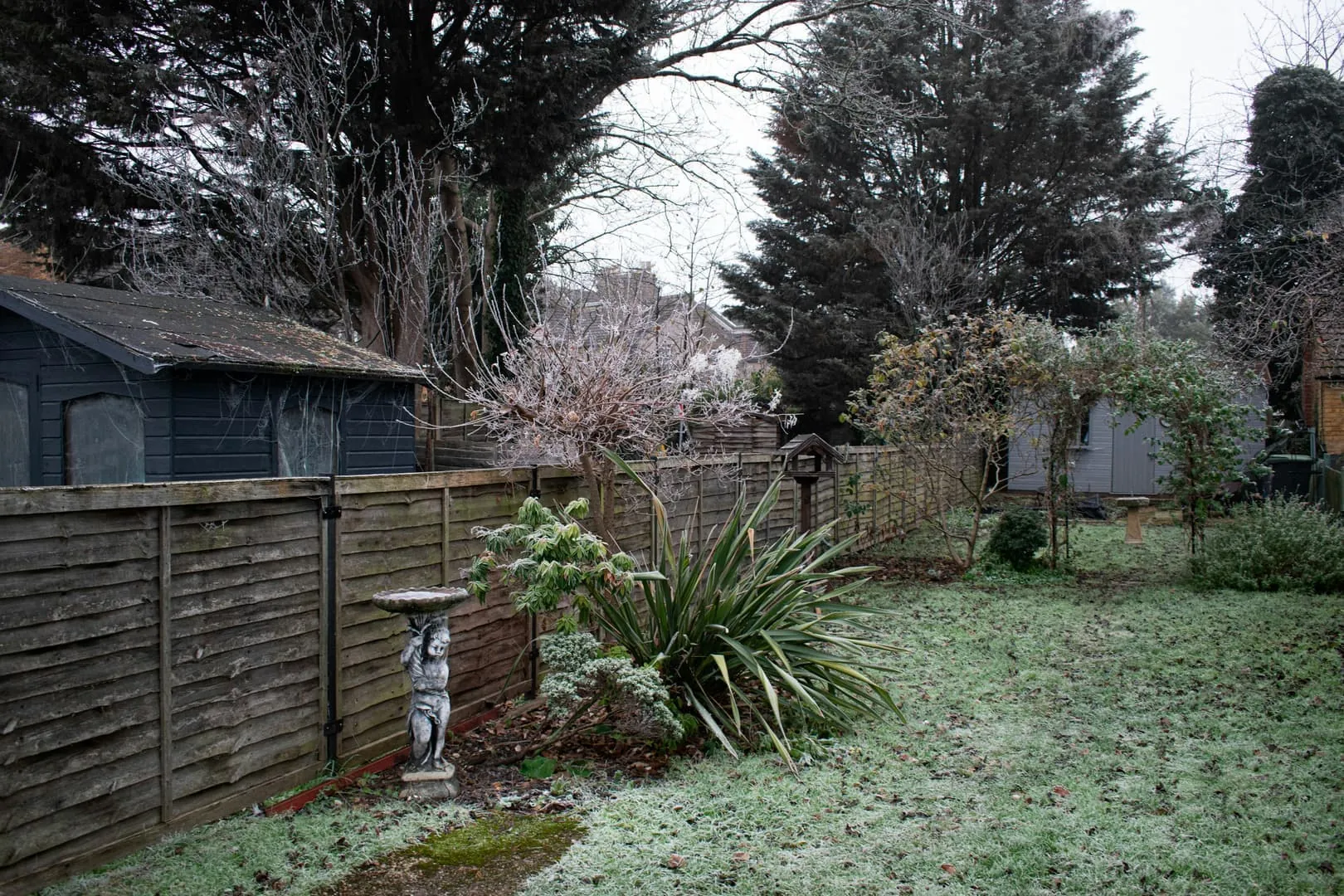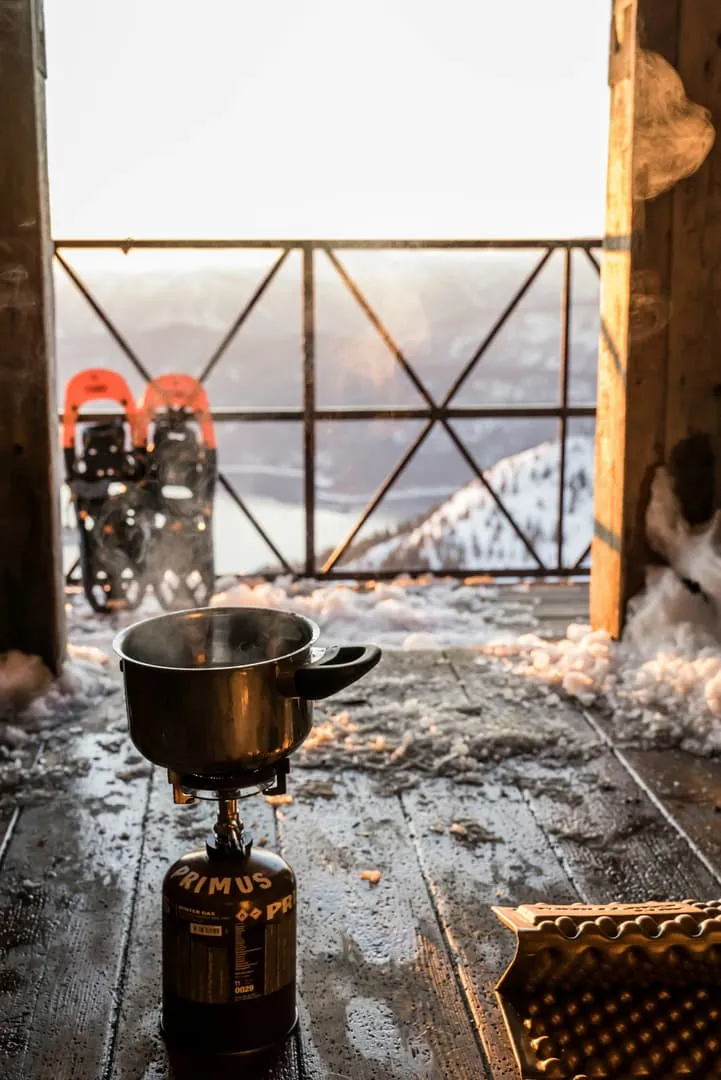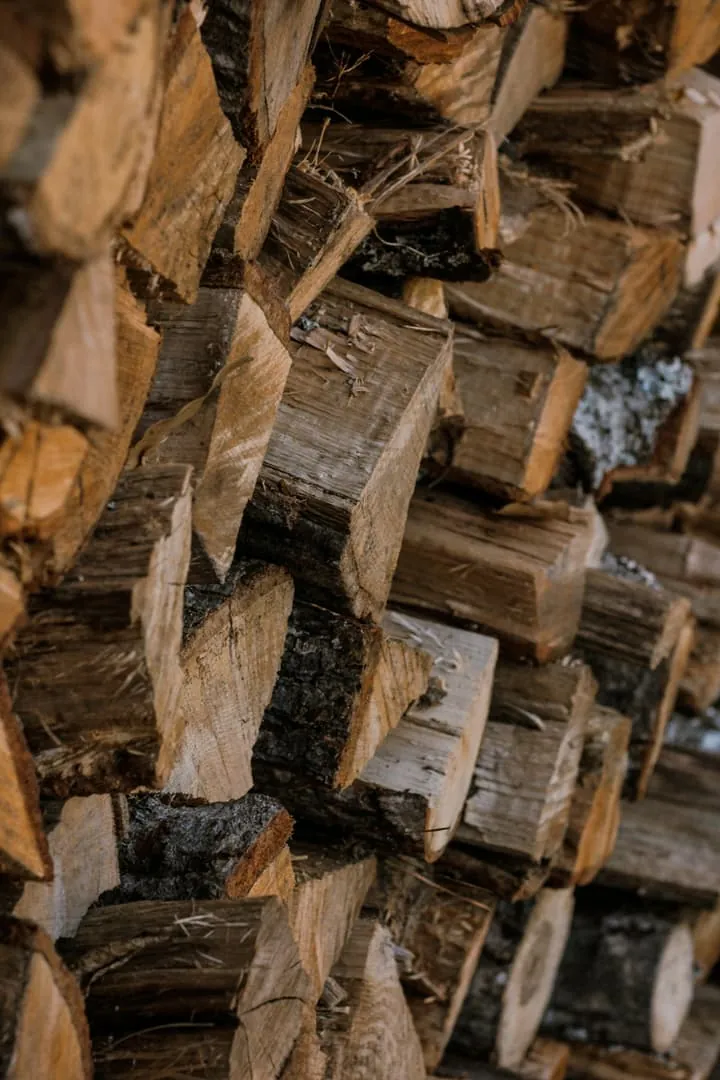
Preparing the Garden for Winter: Plant, Protect, Reuse
Autumn is nature's slow pause, but gardeners are already planning spring. From winter sowing to mulching and composting, now's the time to build living soil and protect biodiversity before frost arrives.
1. Clean, don't strip
Leave some dry stems – they shelter ladybugs and bees. Avoid blowers; a rake preserves soil life. Dead leaves become precious resources for natural mulching and enriching the soil.
2. Mulch – the soil's blanket
Cover soil with leaves, straw, or compost. Mulch keeps moisture, feeds worms, blocks weeds – nature's insulation. This technique perfectly aligns with the reuse before recycle approach, transforming green waste into valuable resources.
3. Sow for tomorrow
Spinach, garlic, broad beans, and hardy flowers can be sown now. They'll rest, then sprout with spring light. It's an opportunity to plan a vegetable garden that will feed you in spring, in harmony with seasonal recipes you can prepare.
4. Recycle outdoors
Pruned branches → hedgehog shelters. Leaf piles → rich humus. Keep everything in the garden cycle. This philosophy aligns with home composting and zero-waste cooking.
5. Protect biodiversity
Add birdhouses, insect hotels, shallow water spots. A lively garden self-balances – that's true sustainability. By creating these habitats, you foster a balanced ecosystem that will naturally protect your plants. This holistic approach is part of reconnecting with nature, even in the city.
6. Maintain tools
Clean blades, store hoses, drain barrels before frost. Care extends lifespan. Like preparing your home for winter, anticipating preserves and saves money.
People Also Ask
Should plants be cut before winter? → Only frost-tender ones. Dry stems shelter insects. Can you sow in October? → Yes, hardy greens and bulbs: garlic, spinach, broad beans. What about dead leaves? → Mulch or compost them. Never burn them. How to protect soil without chemicals? → Natural mulching is enough: leaves, straw, wood chips.
Conclusion: Preparing your garden for winter extends life beyond the season. Every leaf, every seed, every gesture matters. Working with nature, not against it, is the root of a thriving spring.
About the author:
Alexandre Dubois is a European sustainability enthusiast who shares practical, tested tips for everyday life. From saving on household energy to reducing waste, he focuses on simple changes that deliver real impact. He writes from personal experience, testing solutions in his own home before recommending them. Contact: info@greendailyfix.com
Related posts

Zero-Waste Winter Cooking: Turning Leftovers into Comfort Meals
As winter sets in, our meals get heartier — and our fridges fuller. Unfortunately, that often means more food waste. But zero-waste cooking isn't about restriction; it's about creativity and comfort. Here's how to turn leftovers into cozy, money-saving winter meals.

Stay Warm Without Breaking the Bank: Heating & Budget Tips for Winter 2025
Energy prices are rising again, and winter is coming. The good news: simple actions can keep your home warm without blowing your budget. From thermostat tweaks to daily habits, here's your practical guide to a cozy, cost-efficient winter.

Night of Lanterns: Bringing Meaning Back to Halloween
Beneath the layers of plastic and candy, Halloween hides an ancient, poetic story — that of **Samhain**, the Celtic festival marking the end of light and the start of the dark season. This October 31, instead of consuming, what if we returned to celebrating — by lantern light, in respect for nature and remembrance?

Recycled Halloween Costumes: Creative Ideas for All Ages
Each year, millions of Halloween costumes are worn once and thrown away. Made of polyester and plastic, they leave a scary carbon footprint. Yet building your own costume from recycled clothes and materials is easy, fun, and far more sustainable. Here's how to make eco-creative costumes for kids and adults alike.